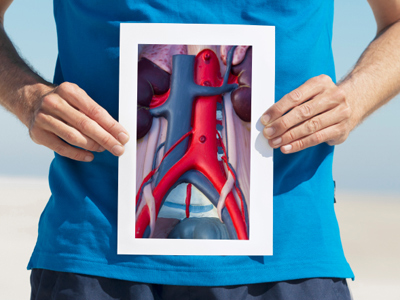
Unit 3 - Blood
In this GCSE Biology quiz we examine blood and look at its components - plasma, red and white blood cells, and platelets. We learn about the functions of these components and also look at the different types of blood vessels - arteries, veins and capillaries.
Blood is the delivery and waste collection system of your body. It also protects you against invading pathogens. It is pumped round the body by the heart at high pressure through the arteries and returns at lower pressure via the veins. Between the two, blood flows through capillaries which allow it to reach every single cell in your body.
Blood consists of a fluid called plasma in which red blood cells, white blood cells and platelets are suspended. Blood plasma also transports dissolved chemicals; carbon dioxide from the organs to the lungs, hormones, soluble products of digestion from the small intestine and urea from the liver to the kidneys.
Ready for more?
not all...
quizzers. Try to win a coveted spot on our Hall of Fame Page.







